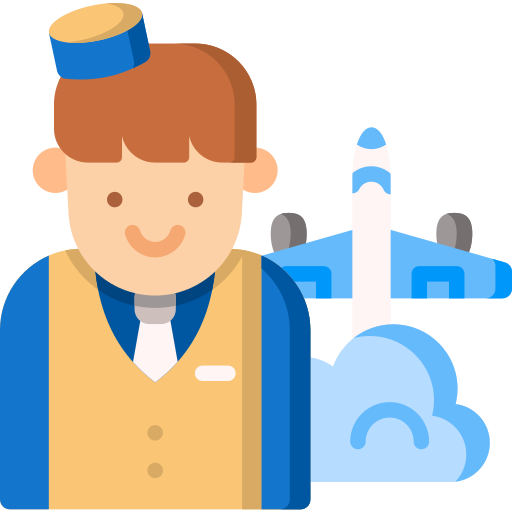
Max wondershow to become a flight attendant. From the first time, Max stepped onto an airplane, they knew they had found their people. The smiling flight attendants were so glamorous as they waved everyone down the aisle toward their seats.
Years have passed and times have changed. Flight attendantsare no longer thought of as "glorified sky waiters/waitresses". Instead, they're highly selective and widely recognized as trained safety experts and aviation's first responders.
Now more than ever, Max is eager to start their own high-flying career, but they have an important question:
How do I even become a flight attendant?
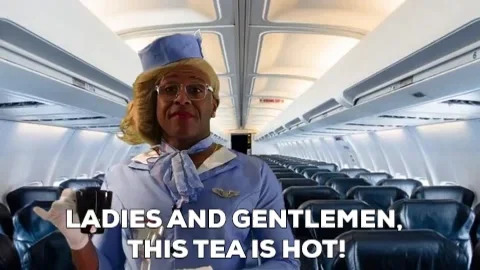
Step 1: Physical Requirements and Appearance Standards
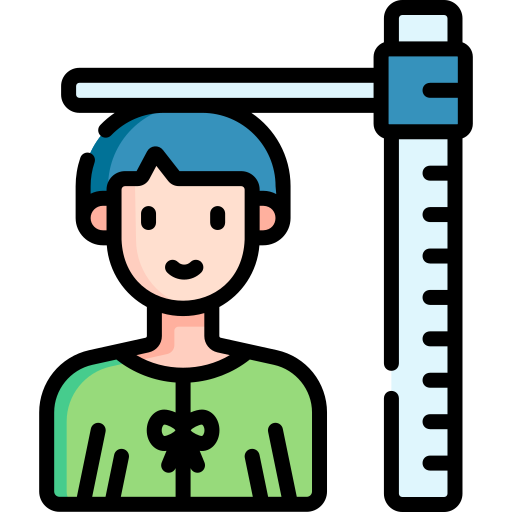
Height: Many, but not all airlines have done away with height requirements. If you think your height may impact your ability to perform the job, consider applying to carriers who do not have specific height requirements.
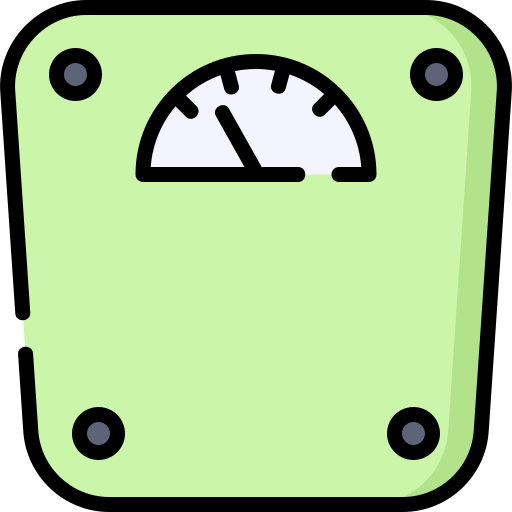
Weight: Regardless of the numbers on the scale, the requirement is your body fit in the jump seat with a fully secured harness.

Age:
The minimum age for a flight attendant varies from 18 to 21 depending on the airline.

Grooming:
It's not an accident that flight attendants look stylish and well groomed. Airlines have appearance standards that can include:
uniform standards
hair length and style
facial hair
piercings
body art
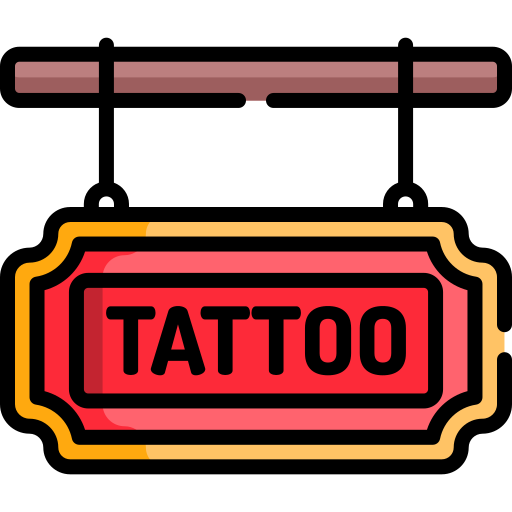
A word about tattoos: don't lie!
Airline tattoo policies have recently been evolving, but lying and hoping a tattoo will go unnoticed isn't a good plan. If you're caught, many airlines will not only reject you, but they'll automatically reject any future applications you submit.
Step 2: Your Resume
Have an updated resume ready to submit.
Airline hiring events are for filling spots in future flight attendant training classes. Once the airline feels they have enough applicants, the application window can close without warning. Top airlines may only accept resume submissions for a few hours.

On your resume, highlight:
Customer service — listening, addressing customer issues, conflict resolution
Stamina — on your feet for long periods of time, lifting and placing heavy items
Working overtime and/or non-traditional hours
Decisiveness/leadership —in an emergency, you may have to make very quick decisions
Language abilities — If you speak more than one language, this may be in your favor

Quiz
Select all answers that highlight important skills on a flight attendant resume.
Step 3 on How to Become a Flight Attendant: Apply During Hiring Windows
Find out when airlines are accepting applications.
You can check the airlines' direct websites. There is often information at the bottom of the page under "careers" or "join our team".
You can check third-party websites that post about open flight attendant positions.

Tip: If you have friends who work for the airlines, let them know you want to apply to be a flight attendant. Some carriers have referral programs, and at the very least, they can let you know when the hiring windows are open.

Don't know any flight attendants? There could be a connection in your social network who does. Search LinkedIn or your other social media platforms to find industry connections.

Once the application window opens:
go online
fill out the flight attendant application
upload your resume

After you submit an application:
Check your email! Airlines will often send an email with online assessment links.
These assessments are used to provide insight into your:
situational judgment —evaluates the decisions you'd make in various scenarios
verbal reasoning —evaluates how you interpret/understand written information
personality, motivations, and functioning at work
These assessments are completed in one sitting and can take anywhere from 30 minutes to over an hour to complete.
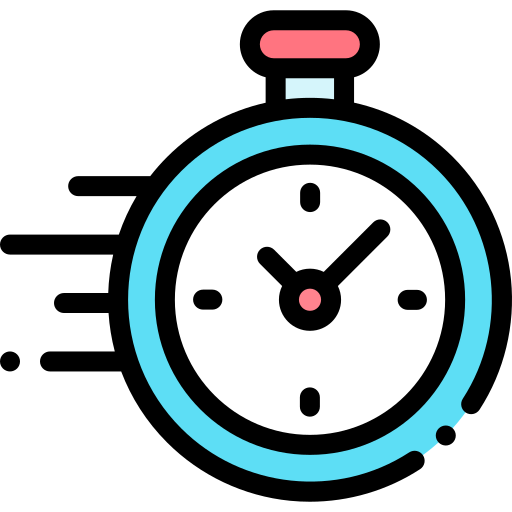
From Interview to Offer
If the airline is interested in your application, you'll go through a series of interview types.
The Screening Interview:
This can take various forms — usually a real-time phone call or a video submission where you respond to pre-determined questions. Typically, this is when you'll be asked about your willingness to relocate if offered a job. *
 Second-Round Interview:
Second-Round Interview:
Some airlines have a second round interview.
Like the screening interview, this can be by phone or video.
The format can be one-on-one, or a group of potential candidates being interviewed at the same time.
 Face-to-Face (F2F) Interview:
Face-to-Face (F2F) Interview:
The airline will invite selected candidates to attend a F2F interview day.
There are multiple activities/interviews that can be in small groups, pairs, or one-on-one.
At various points throughout the day, some candidates will be dismissed. This means the airline isn't extending them a job offer.

Conditional Job Offer:
If successful at the F2F, you'll be offered a conditional job offer (CJO) that's contingent on 3 things:
passing a background check
passing a drug test
graduating initial training
The Last Step of How to Become a Flight Attendant: Getting Your Wings
Initial Training (Ground School):
typicallylasts 4 to 5 weeks
uses the Flight Attendant Manual (FAM) to train you for the job
standardizes job routines/responsibilities, first aid, and emergency procedures
teaches self-defense, crew resource management (CRM), and conflict resolution techniques
multiple assessments — knowledge tests, practical drills, and final exams for both
the airline sets a threshold score for passing initial training
graduate and get your wings pinned
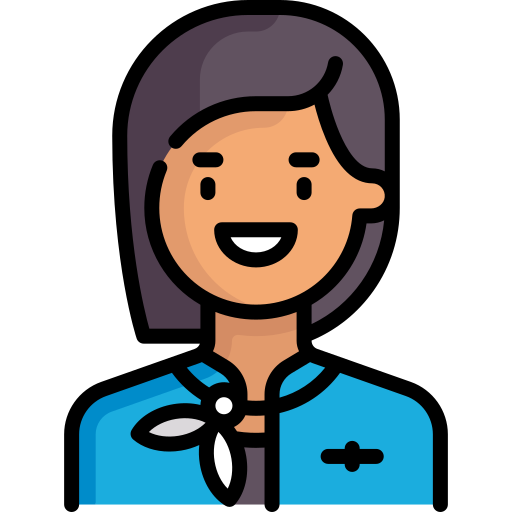
Completing Initial Operating Experience (IOE)
You work a flight as a flight attendant
For one "leg" (another word for a flight in airline terminology), you're assigned a position at the front of the plane
For the other leg, you're assigned a position at the back of the plane
A senior flight attendant evaluates your job performance
Pass your IOE and you're officially a flight attendant and able to work!
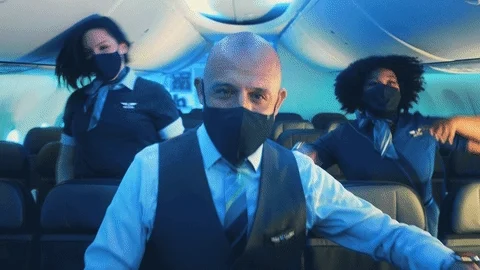
Take Action

Your feedback matters to us.
This Byte helped me better understand the topic.
